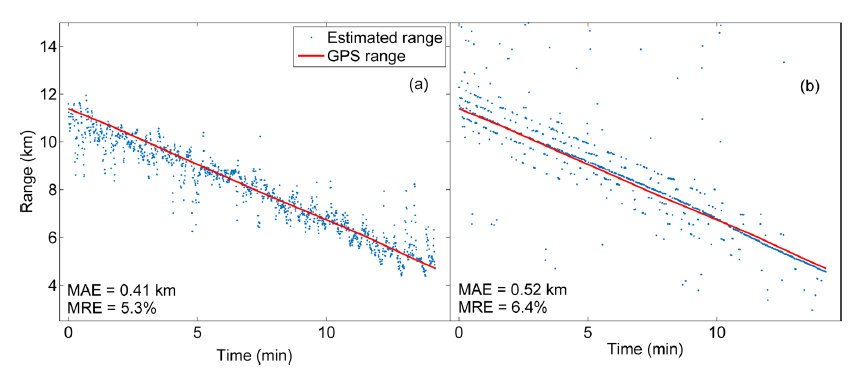
Source localization in a shallow water environment has captured considerable attention from researchers in the past several decades. Numerous approaches to range-depth estimation have been reported for the low-frequency broadband signal. However, there are few methods for source localization based on deep neural network (DNN).
Aiming to reduce dependence on environmental information, researchers from the Institute of Acoustics (IOA) of the Chinese Academy of Sciences applied DNNs and proposed a novel method to source localization in shallow water. Their findings were published online in the Journal of the Acoustical Society of America.
Researchers proposed two DNN-based methods forming this brand-new broadband source localization method.
The first one adopts the two-stage scheme, including feature extraction and DNN analysis. The eigenvectors corresponding to the modal signal space are taken as the input feature of neural network. Then, the time delay neural network (TDNN) is trained to estimate the range and depth of sound source.
The second method adopts a convolutional neural network-feed-forward neural network (CNN-FNN) architecture to learn the mapping relationship directly from waveforms.
The CNNs are operated as the time domain convolution filters to extract the spatial information of sound source from the raw multi-channel signals, because the signals radiated from different directions may result in different intensity differences and phase differences among the sensors. The location representation extracted by CNNs is collected by the following FNN layers.
Researchers evaluated the method under both the simulated and real environments. Experimental results showed that the proposed method achieved a better accuracy than conventional matched field processing (MFP), and boosted DNN to be available for practical applications where the experimental data collection is usually costly.
This research was supported by the National Natural Science Foundation of China and the Innovation Foundation of the Chinese Academy of Sciences.

Source ranging using the experimental data: (a) result of the feature-based method and; (b) result of MFP. (Image by IOA)

86-10-68597521 (day)
86-10-68597289 (night)

86-10-68511095 (day)
86-10-68512458 (night)

cas_en@cas.cn

52 Sanlihe Rd., Xicheng District,
Beijing, China (100864)

